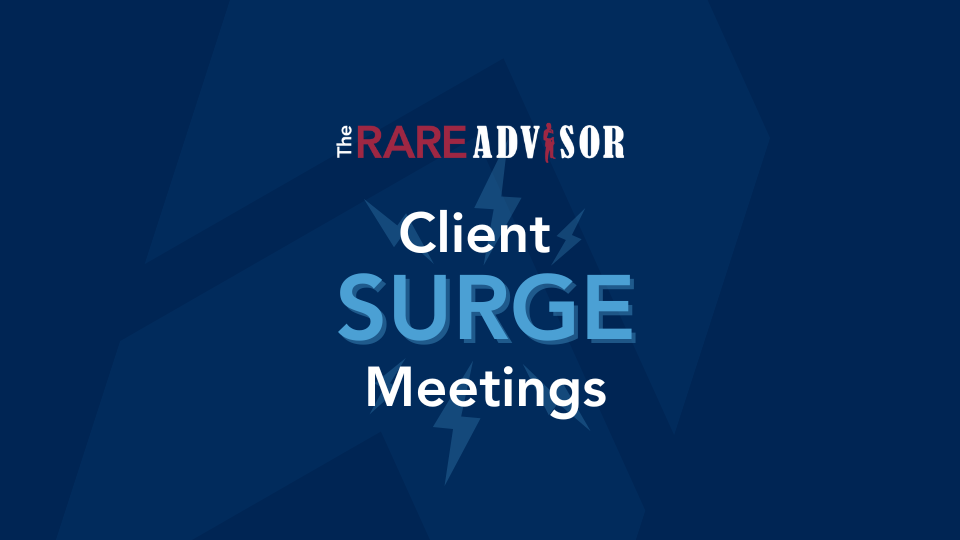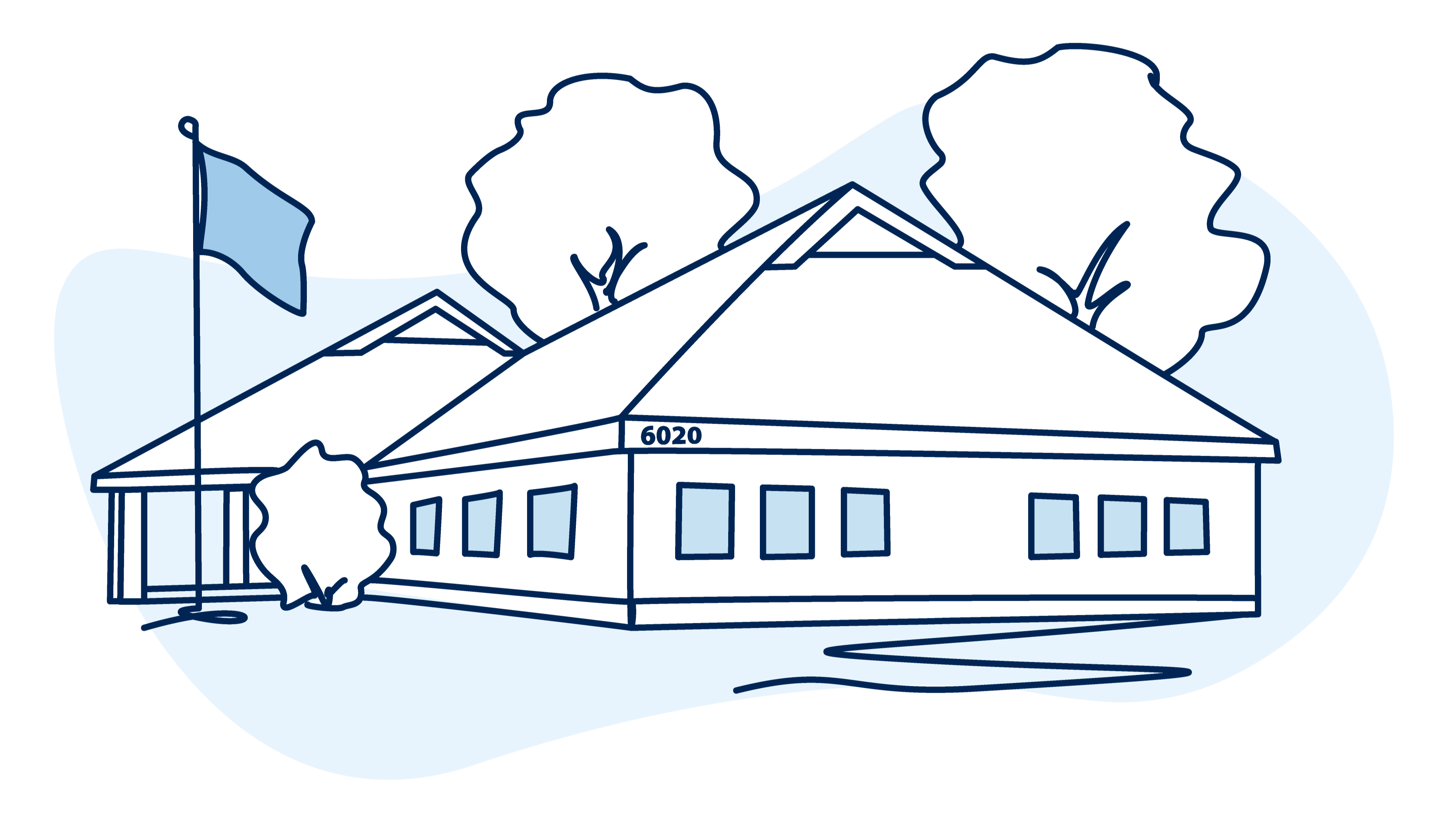Why Good Hires Fail: Common Mistakes in Hiring a Junior Advisor

For you, bringing on a junior—or “NextGen” advisor—may be a strategic move, not only for capacity-building but also as a key step in building enterprise value, elevating the client experience, and advancing succession planning. Yet despite careful hiring, promising talent, and good intentions, many of these partnerships flounder. The hire doesn't “stick.” The vision for a seamless transition begins to unravel.
Why does this happen?
The hard truth: good hires fail not because of a lack of talent, but because of misalignment, miscommunication, and missed opportunities in the hiring, onboarding, and development process. Succession planning isn’t just a business decision—it’s a human one. And too often, if you aren’t prepared, you can underestimate what it takes to turn a junior hire into a future steward of the business.
Let’s explore the most common mistakes made when hiring a junior advisor—and how to avoid them.
1. Misaligned Expectations and Unclear Roles
One of the biggest culprits in failed junior hires is a lack of clarity—on both sides.
You often assume that the junior will “figure it out,” or step into a loosely defined role and grow into it. Meanwhile, the junior may come in expecting to be more client-facing, more strategic, or to have a faster path to equity. When those unspoken expectations collide, disappointment and disengagement follow.
What goes wrong:
- Juniors aren’t given a clear path to advancement or ownership.
- You remain too hands-on with clients and don’t relinquish control.
- There’s no defined timeline or structure for growth, responsibility, or compensation.
What to do instead:
Use Franchise Readiness thinking. Before you hire, define the role in stages: What will the junior do in the first 6 months? Year 1? Year 3? Create a transparent roadmap that includes milestones, metrics, and opportunities for advancement. Begin with the end in mind and co-create a career roadmap. Discuss career aspirations early and revisit them often. You’re not just hiring for a job—you’re building a professional future together.
2. When Talent Alone Isn't Enough
You might hire someone with an impressive résumé and think the rest will take care of itself. “She’s a CFP®.” “He’s great in meetings.” “They came from a wirehouse.” But talent doesn’t automatically translate to fit or success.
Technical skills matter, yes—but so do culture, character, and coachability. In a small firm or advisory team, the relational dynamic is just as important as what’s on paper.
What goes wrong:
- High-potential juniors underperform because they’re in the wrong environment.
- Juniors clash with the firm’s culture, pace, or approach to client service.
- You assume ability equals readiness and fail to support skill development.
What to do instead:
Apply the Right-Fit Filter. Assess the whole person. Look beyond the résumé, look for humility, curiosity, and emotional intelligence. During interviews, test for alignment with your values and style. Do they want to build relationships, or are they transaction-focused? Do they value collaboration or autonomy? Remember, you’re not just evaluating what they can do—you’re evaluating who they’ll become in your practice.
3. Training vs. Mentoring vs. Modeling
Don’t confuse onboarding with development. Giving someone a tech login and a few client meetings doesn’t constitute mentorship. And juniors can’t model behaviors they never see.
Once hired, many juniors are handed a desk, a CRM login, and a few client meeting invites—and that’s it. The assumption is that they’ll pick it up as they go. But there’s a big difference between training (how to use the software), mentoring (guiding their professional development), and modeling (showing them how you behave, communicate, and lead).
Juniors don’t just need knowledge—they need context, encouragement, and visible examples.
What goes wrong:
- Juniors are excluded from strategic conversations and learning moments.
- There’s no structured mentorship, reflection, or cadence of feedback.
- You expect juniors to “be like you” without showing them how.
What to do instead:
Create a Structured Professional Development Program that includes regular 1-on-1 meetings, job shadowing, and constructive feedback. Let them see how you handle complex client conversations, objections, and tough decisions. Invite them to co-create proposals or sit in on planning sessions. This isn’t just about showing them what to do—it’s about showing them how to think. Your behaviors set the tone for their professional identity.
4. Cultural Fit and Long-Term Potential
A junior might check every box, but if they don’t share your vision for the firm—or thrive within its culture—it’s a ticking time bomb. Cultural misalignment can look like differing priorities (e.g., work-life balance, tech adoption, client communication styles), resistance to change, or simply a mismatch in energy.
This becomes especially problematic when you expect this person to one day lead the firm. And if you're grooming them for succession, cultural alignment isn't a “nice-to-have.” It's essential.
What goes wrong:
- Juniors feel like employees, not future partners.
- You ignore red flags (Attitude or Adaptability), hoping fit will improve with time.
- Long-term compatibility is assumed but not evaluated.
What to do instead:
Use the Stewardship Lens. Evaluate culture fit during the interview process—and keep assessing it in the early months. Ask yourself: Would I trust this person with my best clients? Would I want to be in business with this person for the next 10 years? Would clients trust them as much as they trust me? Is this someone I’d gladly hand the reins to? Don’t hire just to fill a seat. Be as intentional with succession fit as you are with client fit and hire to build a legacy.
Final Thoughts: Succession is a Relationship, Not a Transaction
The most successful advisor-junior partnerships are grounded in trust, transparency, and shared purpose. When juniors fail, it’s often because you treated the hire as a transaction—an “extra set of hands”—instead of cultivating a relationship.
Hiring a junior advisor isn’t just about finding someone who can do the job. It’s about investing in someone who can grow into a steward of your practice, your clients, and your vision. It’s a legacy decision.
It takes structure. It takes communication. And yes, it takes patience.
But when done right, it’s one of the most powerful moves you can make—not just for succession, but for scale, sanity, and sustainability. It’s how you elevate your business from a practice to a firm—and build something that lives beyond you.
Author Info

Aaron Grady is the Advisor Consulting Director with USA Financial. He brings more than 18 years of Financial Services industry experience...
Related Posts

How AI is Transforming Advisor-Client Relationships & Document Security
Discover the concept of "Advisor 3.0," the importance of offering comprehensive services beyond investments, and how tools like Future Vault can strengthen client relationships, facilitate wealth transfer to the next generation, and ultimately enhance the value advisors provide.

Why Top Advisors Use Client Surge Meetings
Tired of the scheduling chaos? Imagine a world with less burnout, more client focus, and actual time for growth. Intrigued? In this episode of The RARE Advisor, we’ll break down how client surge meetings can maximize efficiency and reclaim your calendar. Discover the unexpected benefits and practical tips that could transform your client relationships and your work-life balance.

How to Leverage PR as a Financial Advisor: Turn Articles into Clients
So, you got published in a newspaper, magazine, or some other publication. Now what? In this episode of Financial Advisor Marketing Playbook, I’ll share 8 easy steps you can take to leverage your newly found fame.

How AI is Transforming Advisor-Client Relationships & Document Security
Discover the concept of "Advisor 3.0," the importance of offering comprehensive services beyond investments, and how tools like Future Vault can strengthen client relationships, facilitate wealth transfer to the next generation, and ultimately enhance the value advisors provide.

Why Top Advisors Use Client Surge Meetings
Tired of the scheduling chaos? Imagine a world with less burnout, more client focus, and actual time for growth. Intrigued? In this episode of The RARE Advisor, we’ll break down how client surge meetings can maximize efficiency and reclaim your calendar. Discover the unexpected benefits and practical tips that could transform your client relationships and your work-life balance.

How to Leverage PR as a Financial Advisor: Turn Articles into Clients
So, you got published in a newspaper, magazine, or some other publication. Now what? In this episode of Financial Advisor Marketing Playbook, I’ll share 8 easy steps you can take to leverage your newly found fame.

